We occasionally link to goods offered by vendors to help the reader find relevant products. Some of these may be affiliate based, meaning we earn small commissions (at no additional cost to you) if items are purchased. Here is more about what we do.
There aren’t many spices whose presence on your palate is hard to put into words.
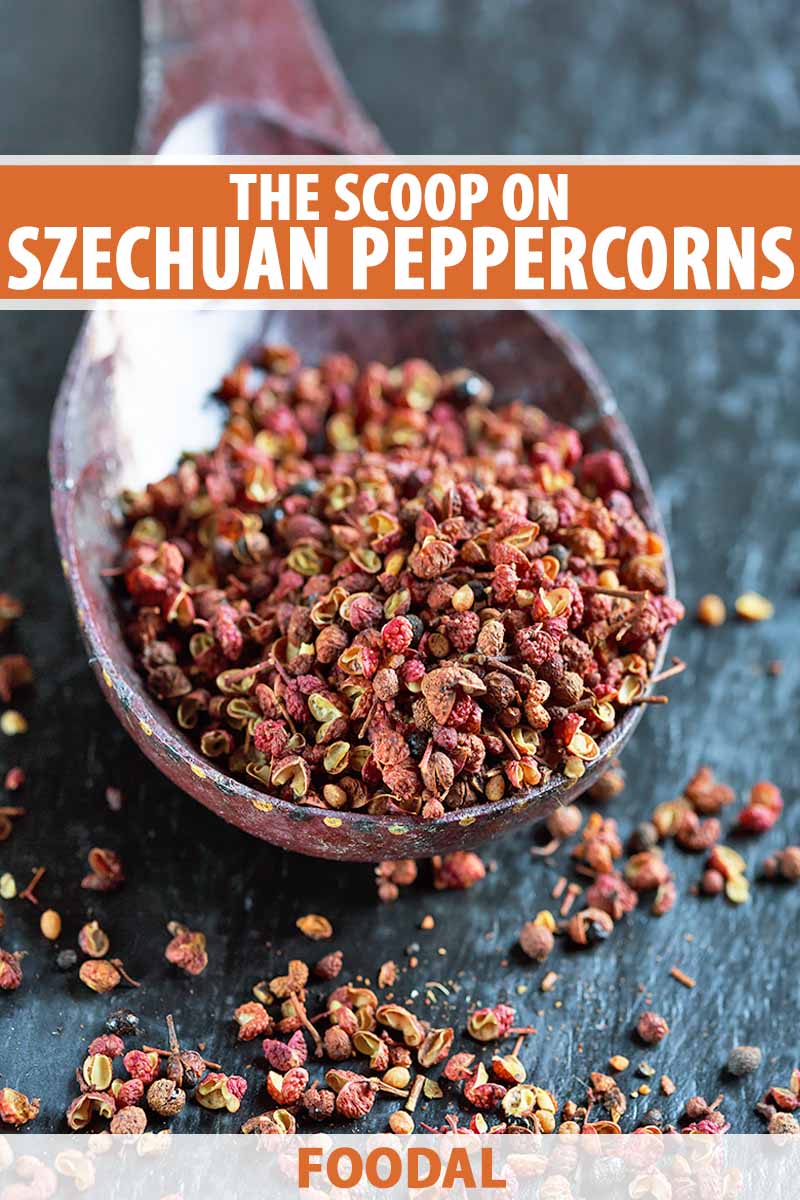
Cinnamon is warm and woody. Ginger is spicy. Cumin is smoky. All easy to grasp, right?
But the prickly sensation that develops after Szechuan pepper dances around on your tongue requires a whole other level of complex understanding.
Though it’s a “peppercorn” (which typically alerts your brain to stay tuned for something spicy), the Szechuan variety doesn’t carry any heat at all. Instead, its pungency comes in an almost fruity form.

Also, it has the ability to magically numb your mouth.
Don’t be scared. The tingling is a treat, and it’s totally a welcome part of the experience. But before we get too far into the flavor details, let’s take this from the top.
In 1968, the Food and Drug Administration enacted a rule restricting the import of Szechuan peppercorns into the US. Fearing that the prickly ash tree which produces the berries might spread a damaging canker (essentially a bacterial disease) to native citrus trees, they didn’t want to take any chances.
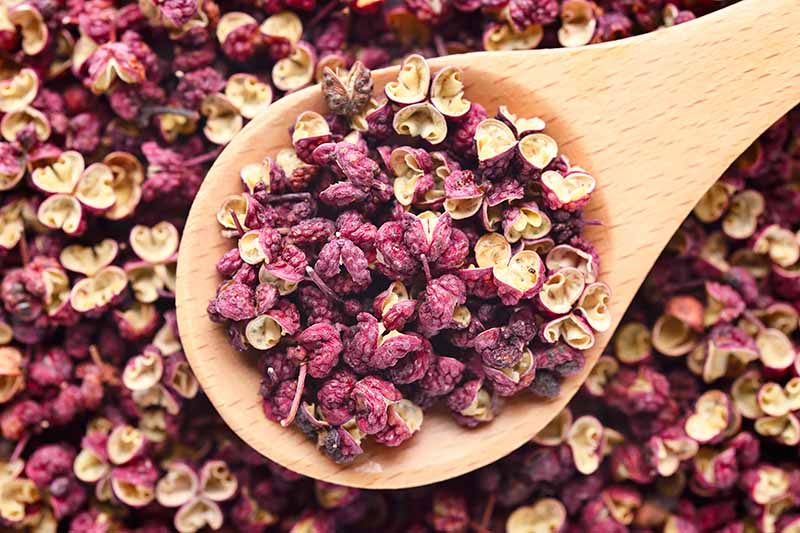
Though there was no official study claiming that this consequence was a guarantee, the stakes were high enough for the FDA to put their collective foot down.
Luckily for those of us who enjoy not feeling parts of our faces, the ban was partially lifted in 2005, allowing in Szechuan peppercorns that had been heated to 170°F, high enough to kill any potentially threatening bacteria that were present.
With red being the most common variety, you’ll spot them on the shelves of your local Asian grocery stores, and can easily have them sent to your doorstep via online delivery. The brighter the pods are, the fresher the flavor.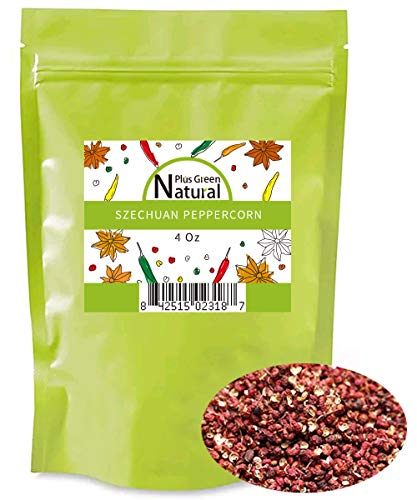
Plus Green Natural Szechuan Peppercorns, 4 oz., available via Amazon
Keep an eye out for whole versions (as opposed to seeded) as they’re higher quality and don’t contain inedible twigs and stray pieces.
Now, more on this “prickly ash” business.
Szechuan pepper is also known as “flower pepper” in Mandarin, which ultimately translates to “prickly ash.” The Zanthoxylum genus that the pepper comes from includes around 250 species, and all are part of the Rutaceae – or rue – family that all citrus plants fall into.
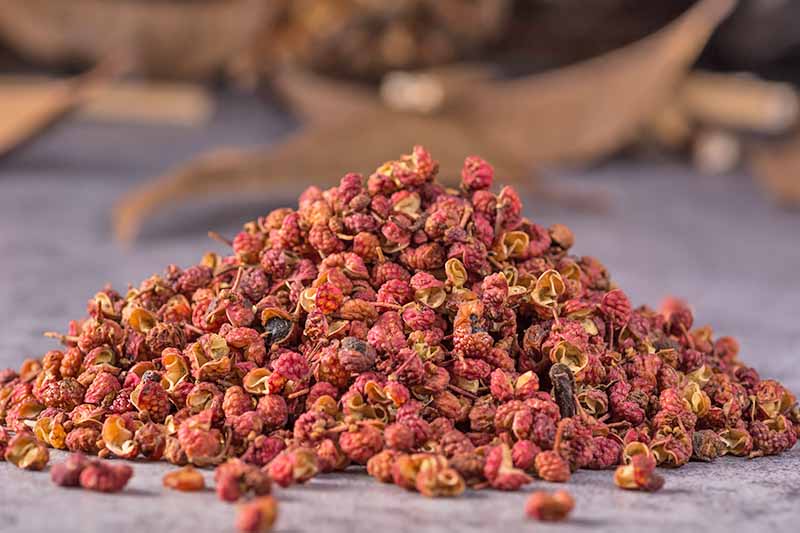
China is well-known for harboring an abundant amount of these small, aromatic shrubs – and that, my friends, is where the Szechuan peppercorn is born.
The tree’s pinkish-red berries, once dried, become those peppercorns we know and love. And once we get them in the kitchen, we typically toast, grind, and blend them with cornstarch or flour to make a yummy coating for protein in dishes like kung pao chicken.

Once devoured, the pepper releases its signature tickle (often described as an anesthetic sensation) thanks to the active ingredient hydroxy-α-sanshool.
Those words probably mean nothing to you. All you need to know is that it’s a molecule found in Zanthoxylum plants that makes you say, “Whoa. That feels funny.”
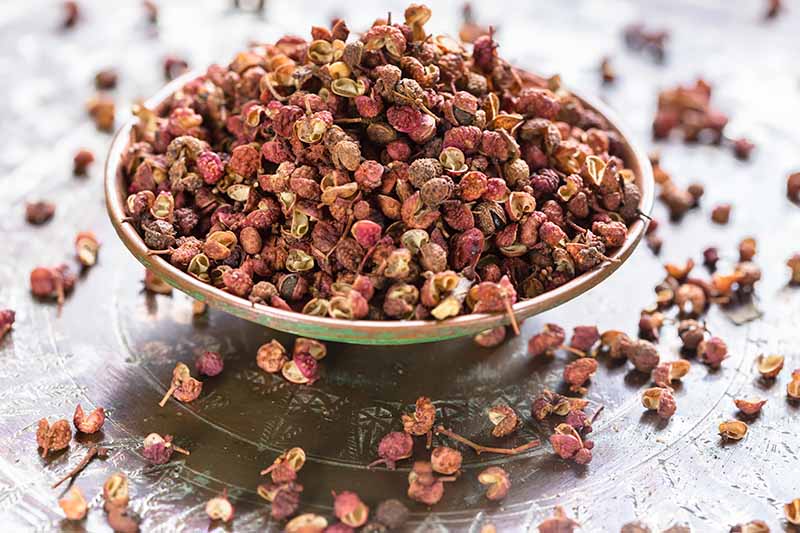
When combined with fiery chili peppers, the flavor creation is known in Sichuanese Mandarin as málà, which means “numb-spiciness.” And while that prickly feeling is certainly a party for your taste buds, Szechuan pepper’s lemony tang is also a huge factor in its popularity.
Lastly, as far as the spelling goes, you’ll likely spot the peppercorn labeled as Szechuan, Sichuan, or Szechwan. It’s all about transliteration, but no matter what letters you use when describing it in English, all roads lead to a citrusy zing.
Photo by Fanny Slater, © Ask the Experts, LLC. ALL RIGHTS RESERVED. See our TOS for more details. Uncredited photos: Shutterstock.
About Fanny Slater
Fanny Slater is a home-taught food enthusiast based in Wilmington, North Carolina who won the “Rachael Ray Show” Great American Cookbook Competition in 2014, and published her cookbook “Orange, Lavender & Figs” in 2016. Fanny is a food and beverage writer, recipe developer, and social media influencer. She was a co-host on the Food Network series “Kitchen Sink,” was featured on Cooking Channel’s longtime popular series “The Best Thing I Ever Ate,” and continues to appear regularly on the “Rachael Ray Show.”

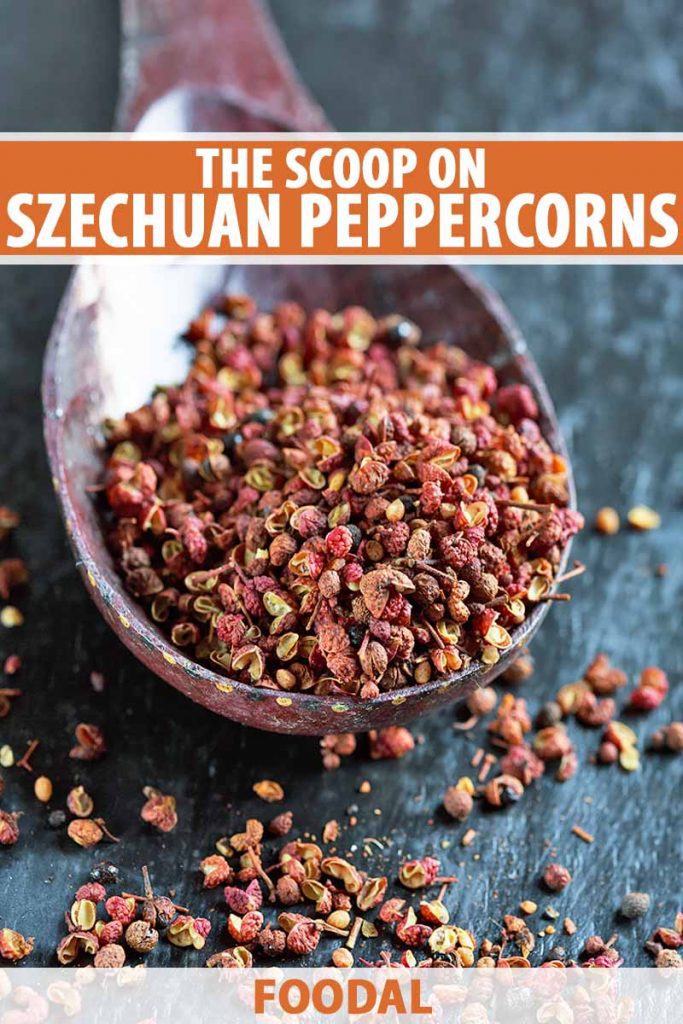


Thanks for great clarification on Szechuan peppercorn. Big time fan!
So glad you found the article informative! We’re big time fans of Szechuan peppercorns too.